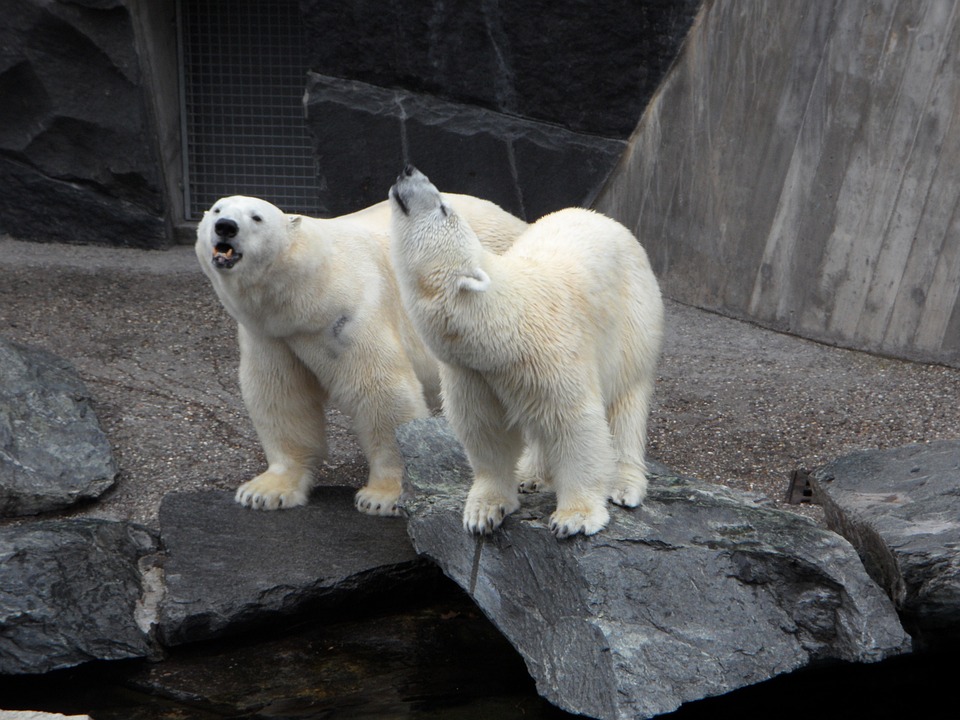Which Factor Has the Greatest Effect on a Season’s Climate?
Understanding seasonal climate is crucial as it shapes ecosystems and human activities. The interplay of various factors determines the characteristics of each season, including temperature, precipitation, and weather patterns. Among these factors, Earth’s axial tilt and orbit are the primary drivers of seasonal climate variations.
The Role of Earth’s Tilt and Orbit in Seasonal Climate
Earth’s axial tilt, approximately 23.5 degrees, is fundamental in creating seasons. This tilt causes different parts of the planet to receive varying amounts of sunlight throughout the year. When the Northern Hemisphere tilts toward the sun, it experiences summer with longer days and more direct sunlight, while the Southern Hemisphere simultaneously experiences winter with shorter days and less direct sunlight. The reverse occurs six months later during the solstices[3][4].
Earth’s elliptical orbit around the sun also plays a role, albeit a minor one compared to axial tilt. The distance between Earth and the sun varies slightly throughout the year, affecting seasonal intensity. For instance, winters can be milder in the Southern Hemisphere due to its proximity to the sun during that season[4].
How Solar Energy Affects Seasonal Climate
Solar energy is a critical factor influencing temperature and weather patterns. The angle at which sunlight strikes Earth changes with the seasons; more direct sunlight in summer leads to warmer temperatures, while indirect sunlight in winter results in cooler conditions. This variation in solar exposure drives significant seasonal temperature differences across various regions[1][4].
Latitude: The Influence of Location on Seasonal Climate
Latitude significantly affects seasonal climate intensity and duration:
– Tropical Regions: Experience minimal seasonal temperature variation due to consistent direct sunlight year-round.
– Temperate Regions: Exhibit distinct seasonal changes with pronounced temperature fluctuations between summer and winter.
– Polar Regions: Experience extreme seasonal contrasts, with long periods of daylight in summer and prolonged darkness in winter[1][9].
The intensity of seasons generally increases with distance from the equator.
Secondary Factors Influencing Seasonal Climate
While Earth’s tilt and solar energy are primary factors, several secondary influences modify local climates:
– Altitude: Higher elevations tend to have cooler temperatures year-round, affecting local climates significantly.
– Proximity to Water Bodies: Large bodies of water moderate temperature fluctuations, leading to milder climates in coastal areas compared to inland regions.
– Ocean Currents: Currents like the Gulf Stream can warm or cool coastal regions, altering seasonal climate characteristics significantly[1][9].
The Impact of Atmospheric Circulation Patterns
Global wind patterns also affect seasonal climates by redistributing heat and moisture across the planet. For example, trade winds and westerlies shift with seasons, influencing weather patterns such as monsoons and dry seasons in specific regions[2][6].
Climate Change and Its Influence on Seasonal Patterns
Climate change is fundamentally altering traditional seasonal patterns worldwide. Observations indicate that winters are becoming warmer and shorter while summers are lengthening. These changes disrupt ecosystems and agricultural practices, leading to earlier springs and altered precipitation patterns[6][8]. For instance, increased temperatures have led to earlier snowmelt and longer growing seasons for crops but also increased vulnerability to droughts and pests[11].
Conclusion
In summary, Earth’s axial tilt is the primary factor determining seasonal climate, influencing how solar energy is distributed across the planet. While latitude plays a significant role in modifying these effects locally, secondary factors such as altitude, proximity to water bodies, ocean currents, and atmospheric circulation patterns further influence seasonal climates. Understanding these dynamics is essential for effective environmental planning and adaptation strategies in a changing climate.

Kyle Whyte is a notable scholar and professor at the University of Michigan, holding positions such as the George Willis Pack Professor in the School for Environment and Sustainability and Professor of Philosophy. Specializing in environmental justice, his work critically examines climate policy and Indigenous peoples’ ethics, emphasizing the nexus between cooperative scientific endeavors and Indigenous justice. As an enrolled Citizen Potawatomi Nation member, he brings a vital perspective to his roles as a U.S. Science Envoy and member of the White House Environmental Justice Advisory Council. His influential research is supported by various prestigious organizations including the National Science Foundation, and disseminated through publications in high-impact journals. Kyle actively contributes to global Indigenous research methodologies and education, with affiliations to numerous institutes and societies dedicated to traditional knowledge and sustainability. Recognized for his academic and community engagement, Kyle has earned multiple awards and served in various visiting professorships. His efforts extend to leadership positions on boards and committees focused on environmental justice nationwide.
